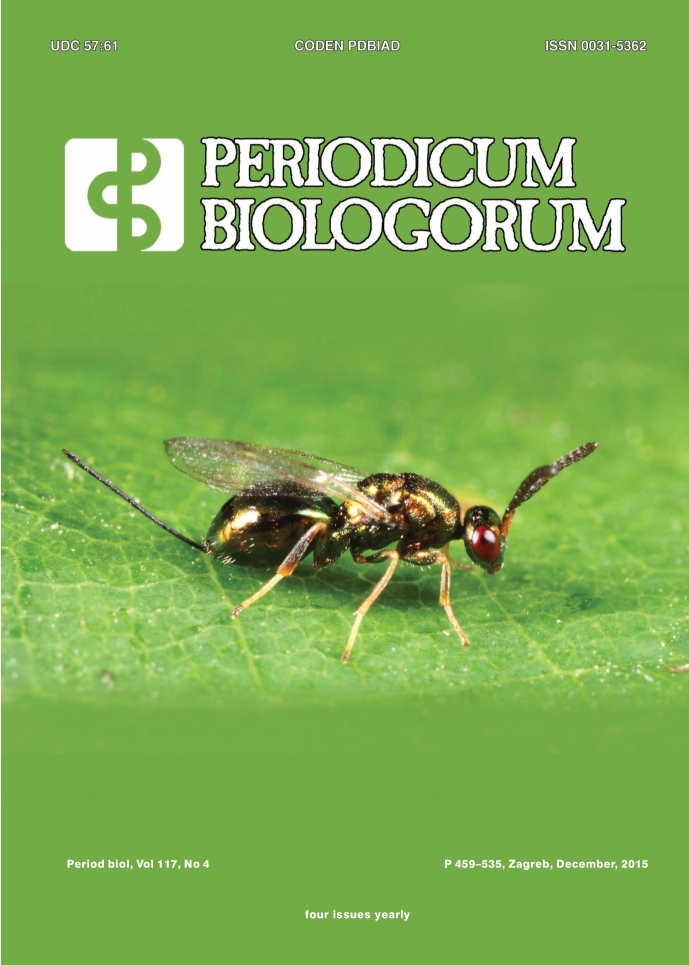Biological control of invasive Dryocosmus kuriphilus with introduced parasitoid Torymus sinensis in Croatia, Slovenia and Hungary
DOI:
https://doi.org/10.18054/pb.v117i4.3445Abstract
Background and purpose: Dryocosmus kuriphilus is considered as one of the major pests of sweet chestnut and the effective method of controlling its populations and damage is the biological control with its introduced parasitoid Torymus sinensis. T. sinensis is a univoltine, host specific parasitoid, phenologically synchronized and morphologically adapted to D. kuriphilus. It has a good dispersal ability, it builds up populations quickly and it effectively controls the pest already few years after the release. In this paper we describe the first results of the introduction and release of T. sinensis for controlling the populations of invasive D. kuriphilus in sweet chestnut forests and orchards in Croatia, Hungary and Slovenia.
Materials and methods: Withered D. kuriphilus galls with T. sinensis larvae were collected in Torino vicinities, Italy, in March 2014 and March 2015. After emergence, males and females were put together, kept at 14°C and fed with liquid honey until the release. To confirm the establishment of the population of T. sinensis on release site from 2014 in Croatia morphological and DNA identification were used. Fresh galls from the release site of Pazin, Croatia were collected in spring 2015 and parasitism rates of T. sinensis were calculated.
Results and conclusions: In total 10,590 females and 5,295 males of T. sinensis were released in sweet chestnut forests in Croatia, Hungary and Slovenia in 2014 and 2015. The minimum release number of T. sinensis was 100 females/50 males and the maximum was 1,200 females per site. Subsequent releases with a larger number of females (1,200 and 800 in two years) resulted in a rapid establishment of the population of T. sinensis and parasitism rates of 76% only one year after the first release was done. The establishment of the population of T. sinensis was confirmed with molecular analyses and morphological identification. Obtained haplotype sequences of T. sinensis have shown similarities with Torymus beneficus. Prior to the release of T. sinensis, all advantages and disadvantages of the introduction of this alien biocontrol species into natural stands in Croatia, Hungary and Slovenia have been considered.
Downloads
Published
Issue
Section
License
The contents of PERIODICUM BIOLOGORUM may be reproduced without permission provided that credit is given to the journal. It is the author’s responsibility to obtain permission to reproduce illustrations, tables, etc. from other publications.


